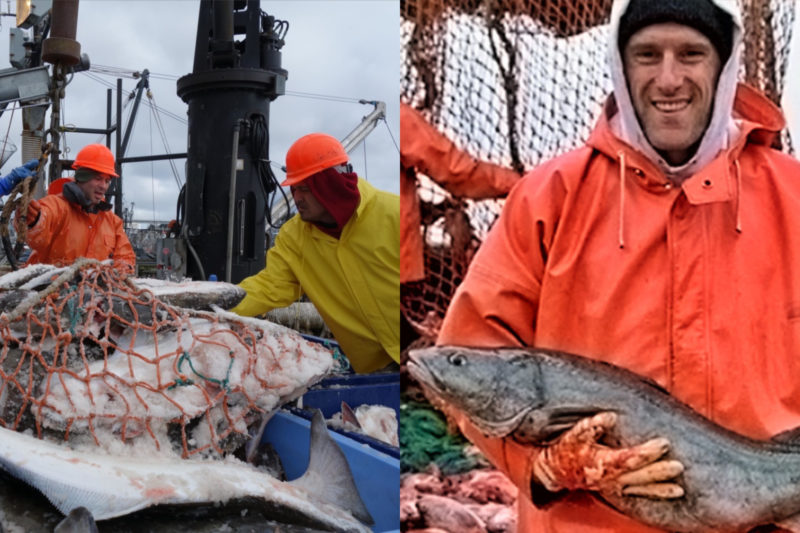As anyone in the industry knows, the market for seafood can ebb and flow like the tide. And while there are certainly factors that affect our industry beyond our control, we are currently seeing industry-wide marketing efforts and changing consumer habits forecasting a high tide for Alaska seafood consumption.
According to Mintel’s “Fish and Shellfish — U.S.” November 2018 report, seafood consumption is up 13 percent over the last five years and is expected to continue to grow an additional 15 percent over the next five. While Americans may not all agree on what constitutes the healthiest eating style, seafood fits into most of today’s top diets, including the rapidly growing “flexitarian” lifestyle, as well as Mediterranean, paleo and ketogenic diets.
For the increasing number of consumers who are aiming to limit their meat consumption in the year ahead, a majority of them plan to replace it with seafood rather than plant-based protein sources (Datassential, 2019). Americans are not only eating more seafood in general, but they are increasingly paying attention to the source, species and supply chain of their seafood.
Wild seafood is especially low in contaminants, high in nutrients and, when sourced from Alaska, sustainably managed and harvested — an element that consumers are increasingly seeking from the food they eat. Consumers are even willing to pay more for food that was produced sustainably or is perceived to be higher quality, reports “The Power of Seafood.” In fact, according to a 2018 Technomic Report, “Seafood Consumer of the Future,” seafood from Alaska “is inherently linked to positive attributes such as high quality, sustainable harvesting, and being a product of the U.S. As a result, consumers recognize Alaska seafood at a higher value.”
The most successful Alaska seafood brands continue to provide transparency with labels indicating seafood that is wild, sustainable and responsibly sourced.
Diners and shoppers are getting their sea legs in different species and preparations of seafood as well, looking beyond traditionally popular items like shrimp, salmon and tuna. The 2020 Summer Olympics in Tokyo are predicted to spark increased Japanese culinary influence into the United States, with preparations like poke and species like wild Alaska sablefish and roe already starting to catch the eye of American consumers.
According to data from “The Power of Seafood,” 84 percent of consumers are eager to learn more about how to prepare and cook seafood. With only a small percentage of consumers who consider themselves knowledgeable about cooking and buying fish, there is an opportunity for producers and retailers to address the emerging desire for guidance in seafood preparation — especially in cooking directly from frozen. As we all know, Alaska’s frozen-fresh practices lock in quality and ensure food safety. That message is starting to get through to consumers, with frozen foods experiencing a revival as consumer perception shifts toward viewing frozen foods as equally nutritious to their fresh counterparts. Within the seafood industry, Mintel predicts the frozen segment will grow the fastest over the next five years.
While these data specifically reflect the U.S. market, the trends are reflected in similar ways across all of Alaska seafood’s major international markets. The Alaska Seafood Marketing Institute works with producers, retailers and foodservice operators to consistently highlight origin, quality and sustainability as a differentiator that makes seafood from Alaska some of the best in the world. Additionally, they share the passion that goes into bringing seafood from sea to table, while conducting research, education, trade and marketing activities to best support the thousands of families and communities involved in the Alaska fishing industry, for generations to come.
References:
Mintel (2018) “Fish and Shellfish — U.S.,” November 2018
Datassential (2019) “Alaska Seafood at Foodservice — U.S.,” October 2019







